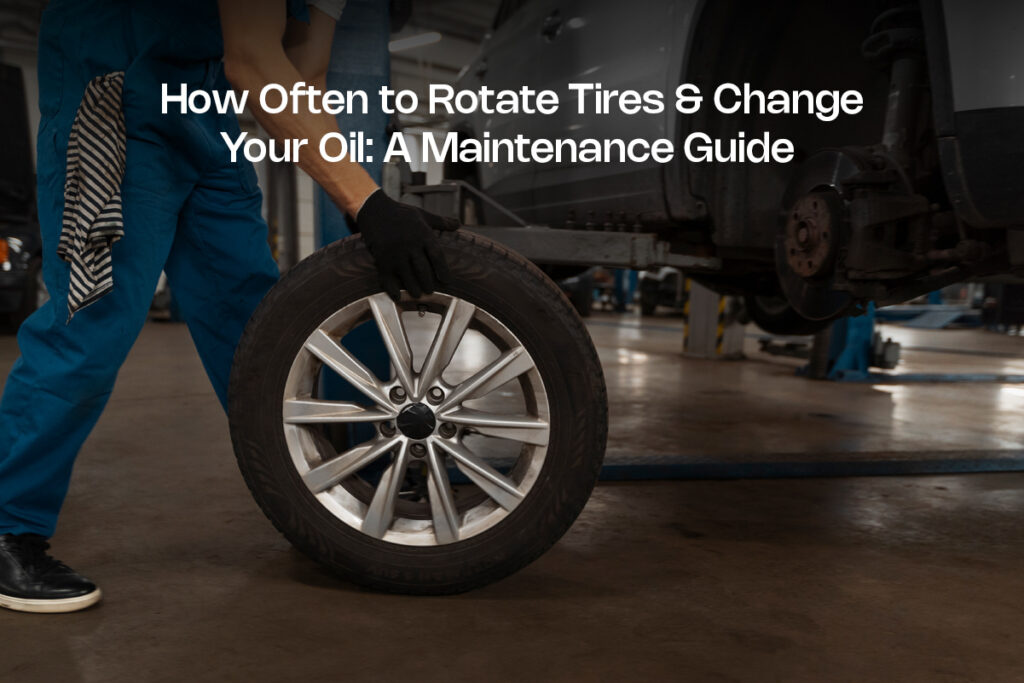семья
How Often Should I Rotate My Tires? A Complete Guide for Drivers

When it comes to car maintenance, one of the simplest yet most effective tasks you can perform is a tire rotation. Many drivers wonder, “How often should I rotate my tires?” The answer can vary depending on driving habits, vehicle type, and tire condition, but experts agree that regular tire rotation is essential for extending tire life and improving safety.
In this article, we’ll explain why tire rotation matters, how frequently it should be done, the benefits you’ll gain, and tips for making sure your vehicle gets the best care possible.
Why Tire Rotation Is Important
Tires don’t wear down evenly. Depending on whether your car is front-wheel drive, rear-wheel drive, or all-wheel drive, certain tires take on more of the load and wear faster. For example:
-
Front-wheel-drive vehicles: The front tires typically wear faster because they handle both steering and most of the braking.
-
Rear-wheel-drive vehicles: Rear tires take on more acceleration forces, so they tend to wear differently.
-
All-wheel-drive vehicles: All four tires experience stress, but uneven wear can still occur depending on road conditions and driving style.
By rotating your tires, you distribute wear more evenly across all four. This simple step helps improve handling, prevents premature tire replacement, and ensures a smoother, safer ride.
So, How Often Should I Rotate My Tires?
The general rule of thumb is to rotate your tires every 5,000 to 7,500 miles. For most drivers, this works out to about every six months if you follow a normal driving routine.
However, the exact answer to “how often should I rotate my tires” depends on a few factors:
-
Manufacturer’s Recommendations: Always check your owner’s manual. Some carmakers specify different intervals based on the vehicle’s weight and drivetrain.
-
Tire Type: Performance tires or directional tires may need special patterns of rotation or more frequent service.
-
Driving Conditions: If you frequently drive on rough roads, tow heavy loads, or brake hard often, your tires may need rotating more often.
-
Signs of Uneven Wear: If you notice your tread wearing faster on certain tires, don’t wait for the next scheduled interval rotate immediately.
Benefits of Regular Tire Rotation
Rotating your tires regularly provides several benefits:
-
Extended Tire Life: Tires are expensive. Regular rotation ensures you get the maximum use out of them before replacement is necessary.
-
Improved Safety: Unevenly worn tires can affect traction, especially in wet or icy conditions. Balanced wear provides more reliable grip.
-
Better Fuel Efficiency: Properly rotated tires reduce rolling resistance, helping your car use fuel more efficiently.
-
Smoother Ride: Balanced wear reduces vibrations and makes your vehicle more comfortable to drive.
-
Cost Savings: Avoiding premature tire replacement and improving fuel economy both help save money over time.
Tire Rotation Patterns
When learning how often should I rotate my tires, it’s also useful to know how they are rotated. Common patterns include:
-
Front-to-Back: Moving the front tires to the back and the back tires to the front.
-
Cross Rotation: Swapping the front tires to the opposite rear sides, and the rear tires to the opposite front sides.
-
Front-Wheel Drive Pattern: Front tires go straight back, rear tires move diagonally to the front.
-
Rear-Wheel Drive Pattern: Rear tires go straight forward, front tires move diagonally to the rear.
Your mechanic will choose the right rotation pattern based on your car’s drivetrain and tire type.
Can I Rotate My Tires Myself?
Yes, with the right tools, you can rotate your own tires. You’ll need:
-
A jack and jack stands
-
A lug wrench
-
Knowledge of the correct rotation pattern for your vehicle
However, many drivers prefer to let professionals handle tire rotation, especially since shops often combine it with other services like oil changes and brake inspections.
Signs Your Tires Need Rotation
Even if you’re not keeping strict mileage records, your car will give you hints that a tire rotation is due:
-
Uneven tread depth when comparing front and back tires
-
Vibrations while driving
-
A pulling sensation when steering
-
Increased road noise
If you notice any of these signs, don’t delay a tire rotation.
Final Thoughts
So,how often should I rotate my tires? For most drivers, the best practice is every 5,000 to 7,500 miles, or roughly every six months. Regular rotations extend tire life, improve safety, and save money in the long run.
Whether you do it yourself or schedule it with your mechanic, tire rotation is a small maintenance task that makes a big difference in your vehicle’s performance.
By sticking to a consistent tire rotation schedule, you’ll enjoy smoother rides, better handling, and peace of mind knowing your tires are in their best condition.

